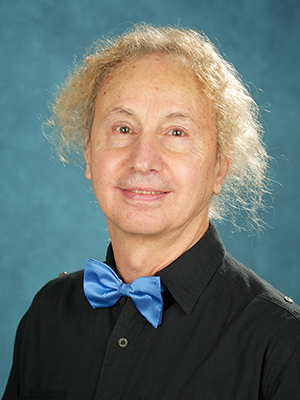
March 4, 2013
Erin Vollick
Science has been aware since the late 19th century that the gut processes nutrition and eliminates waste by breaking down food in a mechanical way, known as segmentation. Yet it was always thought that nerves in the gut did all the work.
Now, a new study, published this week in Nature Communications, has uncovered a hitherto unknown, second mechanism at work in the digestion process, a discovery that could lead to successful ‘pacemaker’ treatments for bowel disorders.
The researcher team—consisting of scientists at the University of Toronto, McMaster University and Wuhan University in China—blocked off nerves in the gut using Tetrodotoxin, a powerful neurotoxin.
Originally, the team thought segmentation would cease once the nerves in the gut were blocked. To their surprise, this important action continued, prompting the researchers to dig deeper.
“There’s no question that the nerves are crucial,” states Professor Berj Bardakjian, a professor in The Edward S. Rogers Sr. Department of Electrical & Computer Engineering (ECE) and the Institute of Biomaterials & Biomedical Engineering (IBBME), and a contributing author of the study. “The thing is, it was thought to be the only effect.”
Led by the Huizinga lab at McMaster University, the team discovered that a layer of interstitial cells lining the gut, known as the interstitial cells of the Cajal (ICC) actually interacts with smooth muscle in the gut to create the segmentation action necessary to proper digestion via an oscillating action, action in the form of coupled biological clocks.
The discovery may lead to dramatically different outcomes for people suffering from motility impairments, such as those with nerve damage in the gut, certain cancers, and even irritable bowel syndrome or Crohn’s disease.
“Now that we’ve made this discovery we can make models [of this process], and once we have those we can design devices to go in and deal with motility issues,” explains Bardakjian, whose lab was responsible for making sense of the data retrieved from the other two research partners.
Bardakjian is clear that the discovery won’t help every case. “To be fair, this discovery will only help with the segmentation action of the gut. The nerves will still be required to trigger the propulsion mechanism. But once we have a working device, nutrition can at least be absorbed. And, once that stage is complete, the next challenge would be to see how we can fix the propulsion mechanism.”
“The bottom line is,” he continues, “those cases that were helpless because the nerves in their gut were damaged can now face very different outcomes.”
More information:
Marit Mitchell
Senior Communications Officer
The Edward S. Rogers Sr. Department of Electrical & Computer Engineering
416-978-7997; marit.mitchell@utoronto.ca